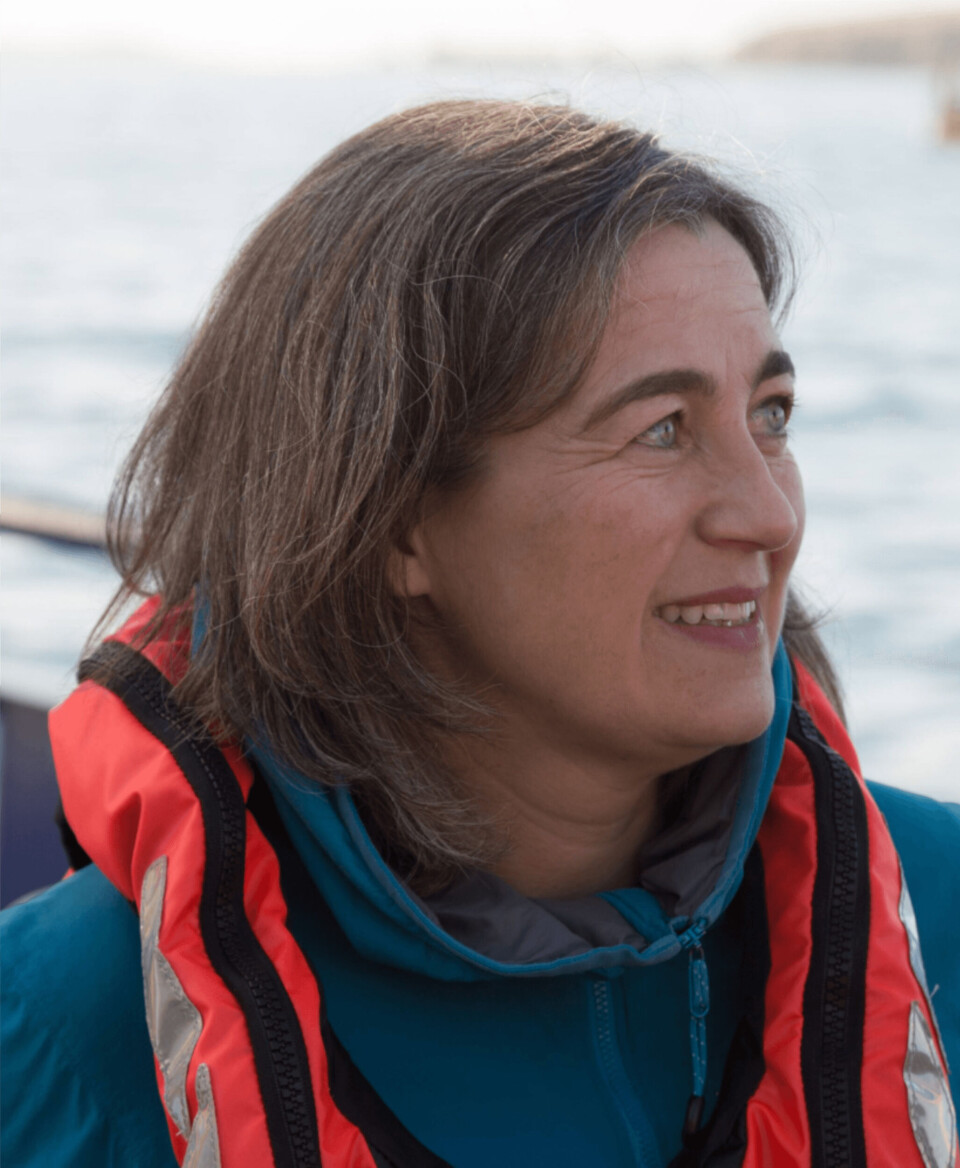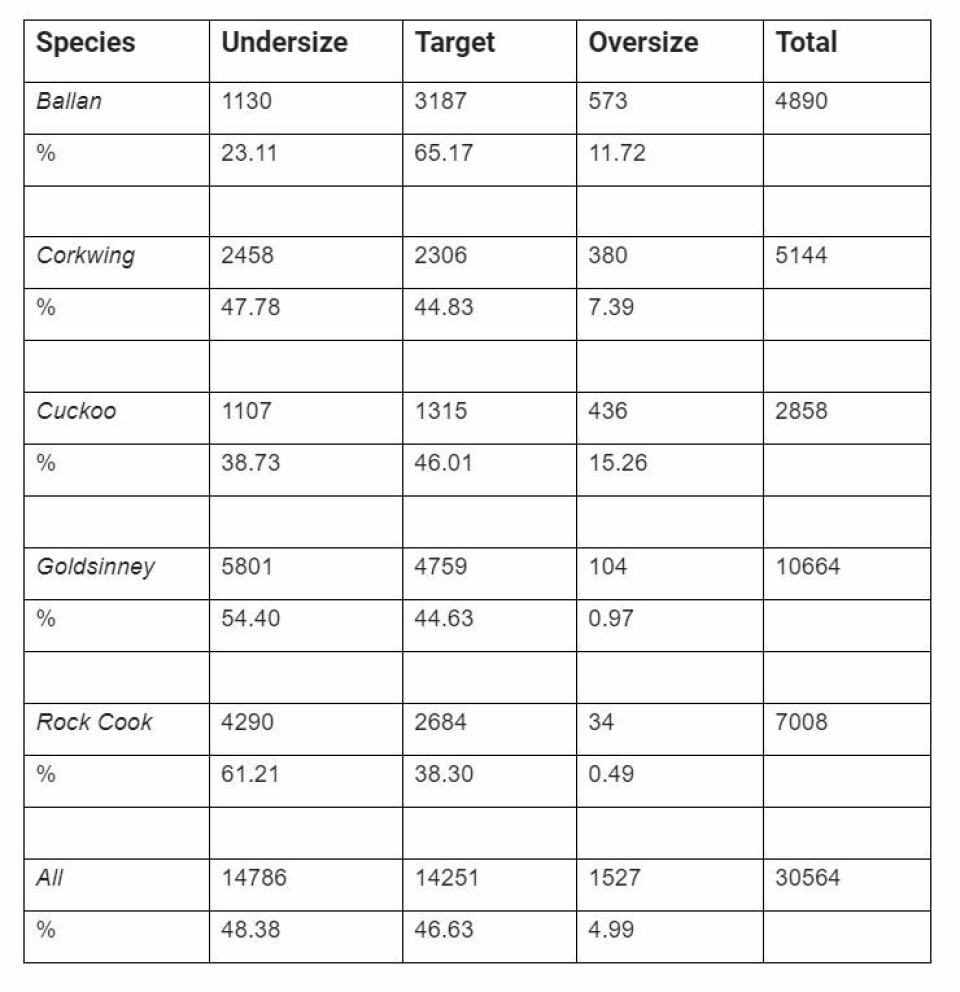
Wrasse catch figures show sustainability commitment
More than half of the wrasse caught in Scottish waters for use as lice-eating cleaner fish in salmon cages are put straight back into the sea to ensure juvenile and breeding-age fish can sustain the population, new figures from the Scottish Salmon Producers’ Organisation show.
The figures are the first to be released since the Scottish salmon farming sector committed to voluntary control measures for the live capture of Scottish wild wrasse for salmon farms in May last year.
SSPO chief executive Julie Hesketh-Laird said the sector was committed to sourcing sustainable cleaner fish stocks, and that the data publication offered a valuable insight into the wrasse fishery.
Returned to sea
Information was collated through the submission of figures from the first 20 traps lifted weekly by each of the Scottish fishing boats providing wrasse to the salmon farming sector.
According to the new figures released by the SSPO, of the 30,564 wrasse recorded as being caught in Scottish waters in 2018, 14,786 were returned as undersized (juveniles) and 1,527 were returned as oversized (breeding age). That means that 53% of wrasse live-caught by Scottish inshore boats were safely returned to coastal waters.
The figures provide a snapshot of wrasse catches, but because they are based on just the first 20 traps lifted by each boat each week they can only be used as a guide to estimate the total number of wrasse caught.
A million wrasse
Each boat is allowed to lift up to 250 traps per day, and it is estimated that around a million wrasse are caught in Scottish waters annually.
Other wrasse caught off the English coast are also used by the salmon farming industry. An increasing number are also being bred in captivity following pioneering work by Scottish scientists to close the breeding cycle for wrasse, although wild-caught wrasse are still required at present.

“Caught wrasse are an essential element of the sector’s approach to managing sea lice on salmon farms and have been instrumental in the sector’s strategy of ‘prevention over cure’ driving lice levels and medicine use down significantly over past years,” said Hesketh-Laird.
‘Enhanced transparency’
“This first voluntary data publication offers valuable insight into the wrasse fishery and will, year-on-year help build a picture of the fishery.
“This enhanced transparency demonstrates the seriousness with which the Scottish salmon sector takes its responsibilities as a good marine neighbour and will help build stronger relationships with the important inshore fishers who supply wrasse.
“The sector’s collation and reporting of wrasse data goes beyond what is required by regulators, showing yet again our clear commitment to openness and sustainability.”
Salmon farming’s demand for wrasse has boosted the local economies of some of Scotland’s coastal communities.

Less dangerous role
Local skipper Mark MacLeod previously crewed deep-water prawn boats, working in the extreme conditions of the open Atlantic Ocean. Fishing for wrasse along the coast of Wester Ross has enabled him to transition to a less dangerous inshore fishery role.
MacLeod, who works for independent salmon farmer Wester Ross Fisheries, said: “Being a part of Wester Ross team has given me a great opportunity to translate my skills from years of working as a skipper, and my knowledge of the sea, into an effective management of sustainable fishing for wrasse.
“Instead of retiring, I’m still able to enjoy the sea to the fullest and help the industry to move towards a more sustainable future. These are exciting times right now and I’m glad I’m a part of this.”























































